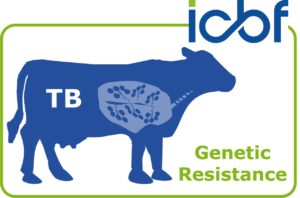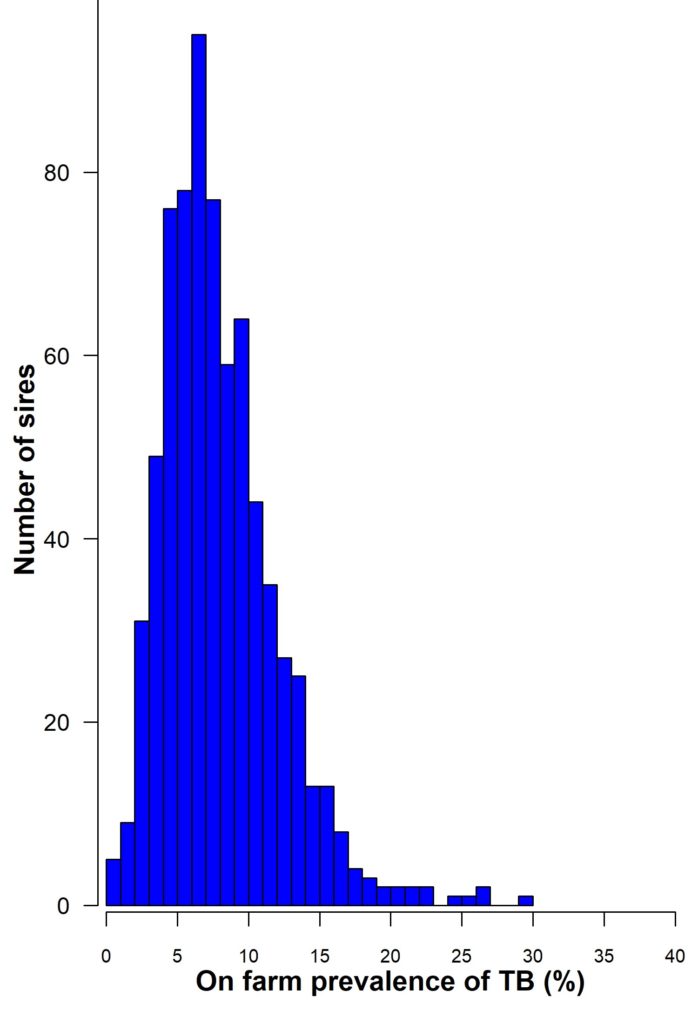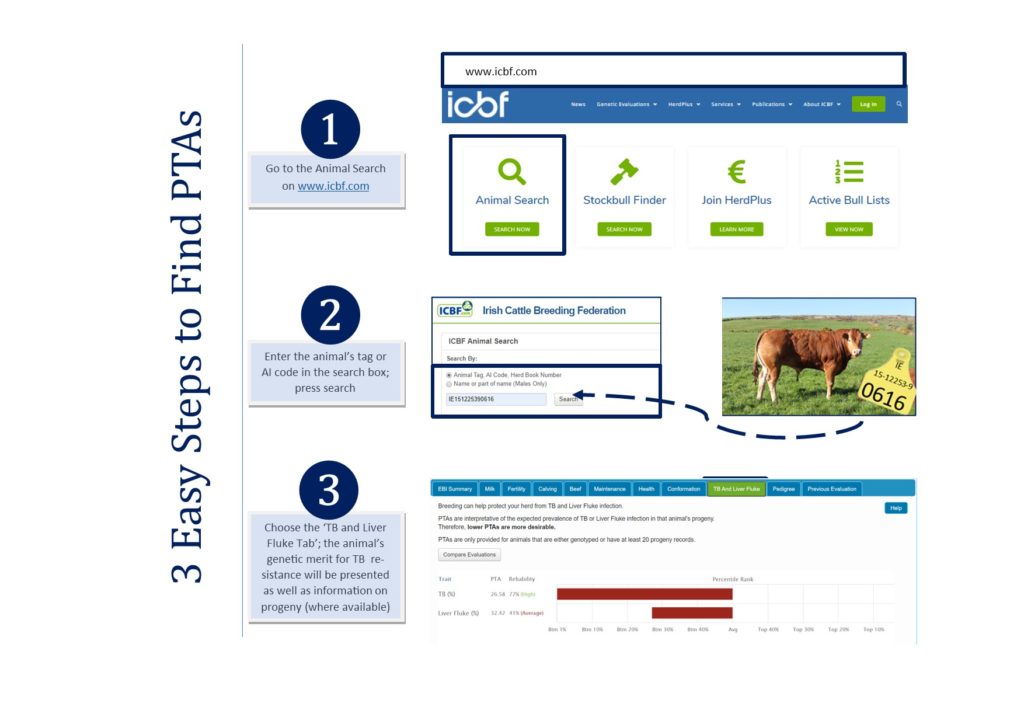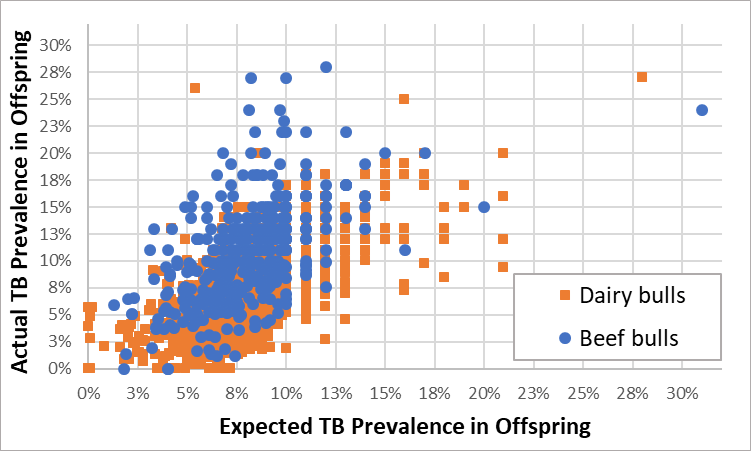Siobhán Ring, geneticist with ICBF, discusses how certain family lines produce cattle more resistant to TB, and how ICBF’s genetic evaluation can help identify them

The aspiration of eradicating TB may seem far-fetched given the lengthy eradication programme and

dwindling progress in recent years. However, until recently, the genetic makeup of cattle had never been considered as part of the solution. Research undertaken at Teagasc Moorepark, in conjunction with ICBF and DAFM, has revealed that certain family lines of cattle are more prone to becoming TB reactors. In the same way that genetics influences milk production and weight gain, animal health is also under genetic control. For example, for some bulls that had many offspring in TB infected herds, 30% of their progeny became TB reactors while other bulls produced offspring in the same TB infected herds where none of their progeny were diagnosed as TB reactors (Figure 1).
Following years of research, ICBF has made breeding values for resistance to TB available for genotyped animals (Figure 2). Farmers can use the breeding values to identify how likely bulls are to produce offspring that will become TB reactors at the annual herd test or at slaughter (Figure 2). The number of TB reactors in herds undergoing a TB-breakdown is, on average, 16% higher in cattle with the worst breeding values for TB resistance compared to cattle with the best breeding values for TB resistance (Figure 3). As cattle with more favourable breeding values for TB resistance are less likely to become TB reactors (Figure 3), herds that have many cattle that are genetically more resistant to TB are also likely to incur fewer TB-breakdowns. Prevention of just one TB infection could avert many secondary TB infections arising from cattle-to-cattle transmission; the consequences of which could be the difference between passing or failing the annual herd test.

Each animal’s breeding value for resistance to TB is expressed as the predicted prevalence of TB in that animal’s offspring. Therefore, lower breeding values are more desirable. For example, a bull with a breeding value of 10% for resistance to TB is predicted to produce offspring where, on average, 1 in every 10 of his offspring will be diagnosed as a TB reactor, either during a herd test or at slaughter.

Even cattle in herds that never had a TB-breakdown will have breeding values for resistance to TB, this is because the genetic relationships between animals in TB infected herds is compared with animals in not infected herds, thus breeding values are generated for all cattle. Whilst one cannot guarantee an animal will never get TB, animals with more favourable breeding values are less likely to succumb to the disease (Figure 4). Unlike management changes, the benefit of breeding is that decisions made now are permanent and cumulative over-time.

With new stringent testing protocols and potential funding cuts coming down the line, the pressure to eradicate TB is ramping up. For farmers looking to avoid TB-outbreaks, breeding cattle more resistant to TB is a free, easy, and complementary tool provided by ICBF. There has never been a better time to protect your herd from a TB-outbreak. Breeding values for resistance to TB are available for genotyped animals on www.icbf.com (Figure 2).
In Brief
- Breeding can help identify how likely an animal and its offspring is to become a TB reactor
- Breeding values for resistance to TB are available for genotyped animals on icbf.com (Figure 2)
- When selecting cattle for breeding, choose bulls that have the highest overall index (i.e., EBI, Replacement Index, or Terminal Index) and the lowest predicted prevalence of TB infection (i.e., bulls coded as green or orange for TB resistance)
- For further information contact the ICBF HerdPlus team on 023 882 0452 or visit www.icbf.com.
